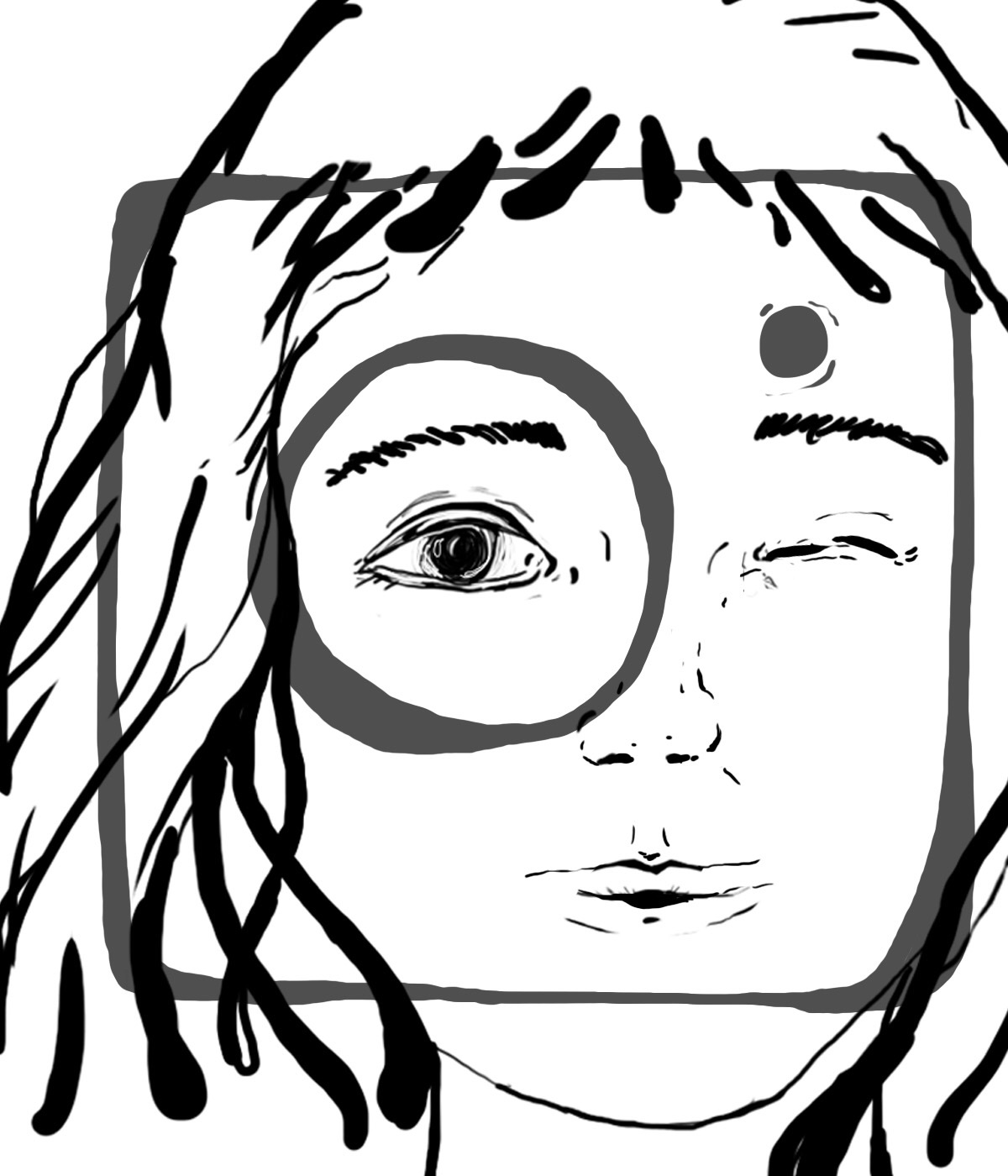State of the Art: Instagram culture shakes up art world
I have a love-hate relationship with Instagram. Since my series of unfortunate posts circa middle school, I’ve gone through periods of fervent use and periods of disillusionment with the platform. I’ve scrolled and stalked and scoured for hours, my self-worth rising and falling in tandem with the likes my photos garnered. Sometimes, I find Instagram — with its airbrushed web stars and tawdry aesthetics — endlessly demoralizing. Other times, I regard it as a modern haven for artists, curators and aficionados like myself to promote, sell and discover art.
With its over 800 million users and counting, and as the premiere image-sharing app, it was perhaps inevitable that Instagram would alter the face of the art world.
Direct sales through Instagram are rivaling private art sales, yet, simultaneously, auction houses and galleries are seeing their sales increase through heightened online engagement. Poets, calligraphers and cartoonists alike have achieved artistic prominence with surges in their comments and followers. Art institutions have even begun actively inviting participation through Instagram hashtags as a means of bolstering ticket sales. The phenomenon has resulted in an explosion of museums and exhibitions specifically designed to be Instagrammable in order to entice crazed crowds and cameras — including the nationally sensational Museum of Ice Cream and Yayoi Kusama’s Infinity Mirrors.
I am personally guilty of staging photoshoots on the sidewalks of the Arts District and against the backdrop of priceless Mike Kelleys. I will even admit that I’ve metroed across Paris on a joint mission for museums and likes. (For evidence, follow me.)
However, the role of Instagram has been hotly contested in the art world in light of several instances where patrons accidentally destroyed art pieces in the process of taking the perfect selfie. Citing copyright considerations as well as the safety of the works, many galleries combat Instagram culture by banning photographic documentation altogether. But prohibiting photography restricts viewers from appreciating art the way they want and remediates a sense of cultural elitism wherein the institution decides that art can only be enjoyed in an orthodox manner. Most egregiously, this overlooks the potential of Instagram to introduce a new facet of artistic appreciation.
While critics also argue that the culture of Instagram detracts from the art itself and fuels the fire of millennial narcissism, I argue that online sharing adds a new dimension to the experience of art — one that didn’t exist prior to the digital age. It allows viewers to have an active stake in the process of consuming art and recognizing its aesthetic value. It gives visitors greater agency over their experiences and provides an easy forum for museums to strengthen connections with patrons. And once an image has been digitally immortalized, it can be redistributed on a boundless geographic scale — what artist or art-lover would oppose that kind of publicity?
Sure, when I post a photo with the location tag “Hauser & Wirth Los Angeles” I’m thinking about how I look or what subtle filter to use. But no part of the Instagramming process minimizes my fervor for the art itself or the fact that I want to share it.
Rather than resist technological changes, museums should embrace the dominance of Instagram culture as a way to disseminate art on a larger and larger scale. They should encourage self-expression on the part of their patrons and devise new ways to integrate social media into the museum-going experience, lest they become an obsolete pastime.
The extravaganza and media maelstrom surrounding Kusama’s Infinity Mirrors makes her a true artist for the Instagram age because her show was designed to involve the observer in ways other galleries couldn’t: through photography sharing as well as in person.
For the year or so that it toured the U.S., Kusama’s show became a cultural touchstone — how else would your followers know how voguish you are if you didn’t selfie amid her lights and phalluses? Instagram cemented the show’s position at the forefront of destination art, generated exponentially growing, free advertising and commodified Kusama’s exhibits as once-in-a-lifetime artistic experiences. It’s difficult to say where she would be if she had banned photography in her exhibitions. But by harnessing the power of Instagram, Kusama became a household name, a true feat for a living contemporary artist.
Great art has always been about spectacle — Instagram is just changing the way we engage with it and, in turn, changing the market of art itself.
Catherine Yang is a sophomore majoring in communication. She is also the associate managing editor of the Daily Trojan. Her column, “State of the Art,” runs every other Wednesday.


